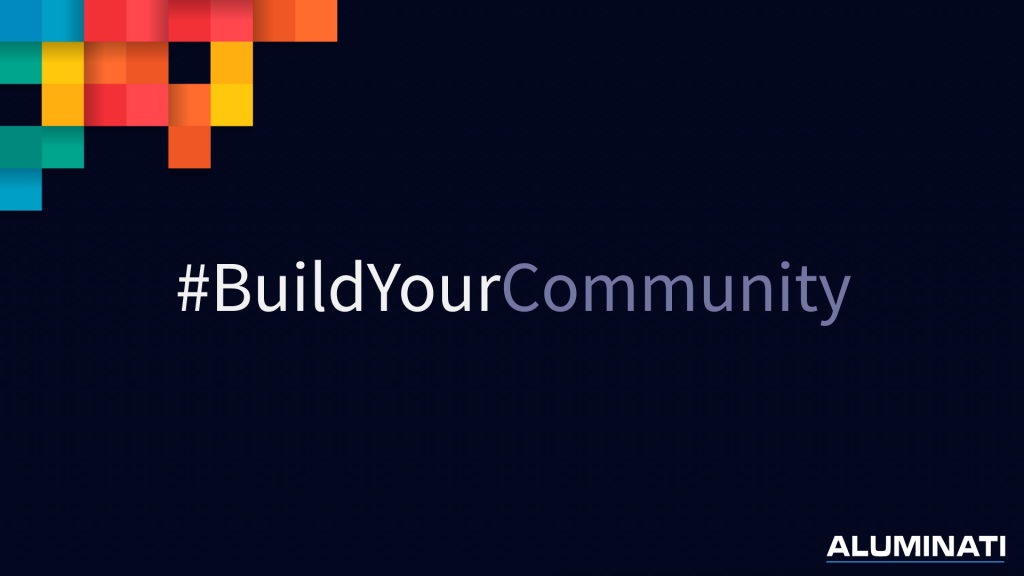What is the recipe for a successful community management platform?
A thriving community platform starts with the right community management software. You also need to apply the right community management strategies to help keep your members engaged and active.
Luckily, this isn’t too difficult to get right. You just need to know what mistakes to avoid, and how to use the best possible platform to engage your community.
In this guide, we’ll cover everything you need to know about why your community management platform might be letting you down, and what you can do to solve these issues.
[activecampaign form=5]
Understanding Your Community Management Platform
There are all kinds of online communities that exist. In fact, you’re probably part of a few of these communities yourself. Regardless of how big your community is or what the focus is, the one major factor that shapes the community experience is the platform that the community members use.
Whether it’s an alumni network or a business community, using the right community management platform is vital to the overall experience of community members.
The platform determines how communities connect, interact, and access content, and what their user experience is like. If the platform doesn’t match the needs of the community, then you can’t expect to generate high levels of community involvement.
While there are many factors that go into successfully managing online communities, the first (and most important) place to start is by selecting the right community management platform. Many organizations get this wrong by focusing on social media platforms instead.
While social media is a good place for people to gather online around a topic, social media marketing is very different from community management. If you use your social media networks to spread messages about your association and promote what you do, then you will need a separate space for managing your community.
A community management platform is a space where members can get involved, and build relationships with each other and with your brand.

8 Common Community Management Platform Problems
If your online community isn’t as engaged as you’d like it to be, then there’s a good chance the issue exists in your community management platform.
Here are some of the main community management platform issues and how to avoid them.
1. Networking Should Be Seamless
The whole purpose of a successful community management platform is to build a community. You can’t do this if the platform is simply a means for your organization to communicate with its members. Instead, members need to be able to easily connect with each other.
Having a membership directory that’s easy to navigate is vital. It will help community members search for other members. The search can also be based on factors like job position, or geographic location.
Far too many communities rely on a platform that makes it difficult for members to find each other and strategically connect. This can be a major issue in terms of community engagement.

2. Communication On The Platform
The key to a harmonious network is communication.
Many communities are focused on a single flow of communication, a top-down approach if you will. A more strategic way is to use a platform that allows members to easily chat with each other and with your organization.
Opening up communication like this is what separates marketing from community management. If everyone can easily interact with each other, you can expect to see greater levels of community engagement.

3. Lacking Collaboration
You can’t expect one person to keep your community alive. Not only is this too much work, but managing a community from a single perspective could get boring and uninteresting for your members.
In order to create a diverse community, you’ll want the community to engage in a broad range of topics. Having different people and perspectives from your organization/institution join in to manage these conversations is important.
Ensure that you use a community management platform that enhances collaboration.

4. Not Enough Content
It is imperative that you share riveting, valuable, and interesting content with your community. Keep up to date with current affairs, send educational articles, and organize seminars that can entice your audience to get involved. You cannot simply open up your community management platform and leave it up to your members to keep the community alive.
Make sure that your community platform is well-managed and regularly shares content to your community. This could include news updates, interesting articles, upcoming event information, videos, and more.
By adding value to your members through content, you will be able to start conversations that may fester on chat forums and create meaningful connections, and ultimately, you will maintain overall engagement.

5. Difficult To Navigate
There’s no way you will be able to create a successful community if your platform doesn’t provide a seamless user experience.
If users find it difficult to understand and steer through your platform, then they will soon lose interest and find an alternative.
This is especially true in this digital age where online users bounce and search for an alternative within a matter of minutes. This is all the more reason to seek a reliable and trusted solution that meets all your needs and better yet, makes it simple and easy for your alumni members to navigate your community tool.

6. Communities With A Single Focus
Communities with a single focus struggle to find connections, and more importantly, retain them.
This issue may arise in the instance whereby institutions/enterprises use their networks for the sole purpose of fundraising or attracting donations. When this becomes evident, your community may lose interest as their preferences are not met.
Within your larger community, your different members will have varying conversations and connections that they want to pursue. This demonstrates the importance of creating multiple spaces for varying interests so that you add the right value to your members.

7. Not Adding Enough Value
What is the key benefit of being a part of your association?
Do members get access to exciting networking events, and mentorship programs or they get exclusive access to content?
Whatever the case, to create and build a strong community, effectively communicate the value-add of your network. And in order to ensure that you are meeting the needs of your members, send out surveys to get an informed sense of what it will take to assemble a healthy, interactive culture.
8. Limited Community Hours
If your network is successful and thriving, you could attract members globally. In order to ensure that you have a dedicated support system in place, make sure you have a reliable platform to coordinate your efforts and give your network sufficient support, 24/7.

Conclusion
Effective community management means adding value to your members and giving them the right platform to interact and form strong networking bonds.
It’s crucial that your institution/organization understands the key difference between communicating with your members and building an interactive community around them.
A community should be focused on building relationships, and longevity within the network.





